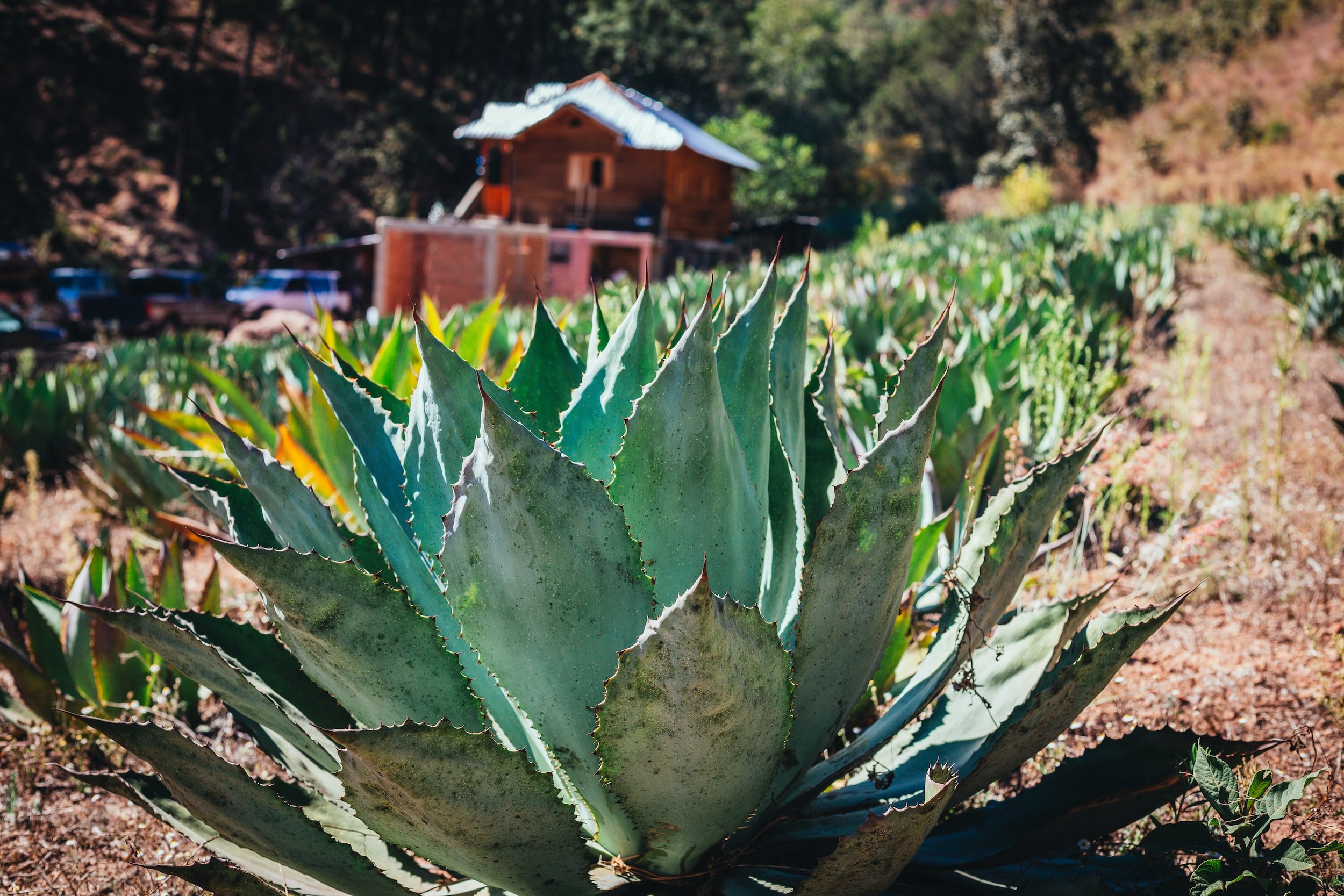Savoring the Differences: From Earthy Espadín to Floral Tobalá - A Guide to Mezcal's Diverse Agave Types
Mezcal has garnered a devoted following in recent years, thanks to its unique, earthy flavors and rich cultural heritage. This agave-based spirit offers an incredible range of tastes and aromas, stemming from the numerous agave varieties used in its production. In this comprehensive guide, we'll delve into the fascinating world of mezcal, exploring its history, production process, and the different agave types that give this exquisite spirit its remarkable character.
A Brief Introduction to Mezcal
Mezcal is a distilled alcoholic beverage made from the heart of the agave plant, native to Mexico. While often compared to mezcal tequila, it is important to note that tequila is a type of mezcal. However, what sets mezcal apart from tequila is the use of different agave species and a distinct production method, which involves roasting the agave hearts in underground pits. This imparts the characteristic smoky flavor that mezcal is known for.
The Roots of Mezcal
Mezcal has a long and storied history that dates back to pre-Hispanic times. The spirit was first produced by indigenous peoples in Mexico using traditional methods that have been passed down through generations. Today, mezcal is recognized for its cultural significance and has become a symbol of Mexican heritage and craftsmanship.
The Mezcal Production Process
The mezcal process begins with the harvesting of mature agave plants, which can take anywhere from 7 to 30 years to reach maturity. The leaves are then removed, leaving the piña or heart, which is roasted in earthen pits lined with stones. This imparts mezcal's signature smoky flavor. The roasted piñas are crushed, fermented, and distilled, resulting in a final product that showcases the unique characteristics of the agave.
Mezcal's Diverse Agave Types
There are over 200 agave species, but only a select few are used in the production of mezcal. Each type of agave imparts its own unique flavor profile, making each mezcal variant truly distinctive. Below, we explore some of the most popular agave types and the mezcals they produce.
Espadín
Espadín is the most common agave variety used in mezcal production, accounting for approximately 90% of all mezcals. Known for its sword-like leaves, espadín offers an accessible introduction to the world of mezcal. Its flavor profile is typically characterized by earthy, vegetal notes, with hints of citrus and smoke.
Tobalá
Tobalá is a highly sought-after agave variety that grows in the wild at high altitudes. Due to the age and location of these plants, tobalá mezcals boast a refined flavor profile that is both fruity and floral, with subtle notes of spice and minerality.
Papalote (Cupreata)
Papalote is a semi-wild agave variety that is native to Michoacán, Guerrero, and the bordering areas between Guerrero and Oaxaca. Mezcals made from papalote agave offer a unique, complex flavor profile that is rich and earthy, with hints of tropical fruit and a touch of sweetness.
Madrecuixe
Madrecuixe is a wild agave variety that contributes a unique and balanced profile to premium ensamble mezcals. Often referred to as "the mother" due to its central role in the agave ecosystem, madrecuixe imparts a rich, herbaceous taste with notes of green bell pepper, wood, and a subtle smokiness.
Cuishe
Cuishe is another wild agave variety that produces mezcals with a distinctly vegetal and earthy character. Its flavor profile features pronounced herbal and mineral notes, accompanied by hints of citrus and a smoky finish.
Discovering the Best Mezcals
When it comes to finding the best mezcals, it's essential to consider factors such as agave variety, production method, and region of origin. Mexico's Oaxaca region is particularly renowned for its high-quality mezcals, thanks to the diverse agave types that grow in the area. By sampling different mezcals and learning about their unique characteristics, you can develop a deeper appreciation for this fascinating spirit.
Mezcal's Growing Popularity
In recent years, mezcal has experienced a surge in popularity, with many aficionados seeking out mezcaleria establishments and el mezcaleria locations to sample the diverse range of flavors that this unique spirit has to offer. As interest in mezcal continues to grow, so too does the demand for high-quality, artisanal products that celebrate the spirit's rich cultural heritage and responsibility.
Conclusion
From earthy espadín to floral tobalá, the diverse agave types used in mezcal production offer a truly unique and captivating world of flavors. As you explore the many varieties of this ancient spirit, remember that each mezcal is a reflection of the agave's terroir, the craftsmanship of the maestro mezcalero, and the rich cultural heritage of Mexico.
Frequently Asked Questions
What is the difference between mezcal and tequila?
The main difference between mezcal and tequila is the agave species used and the production method. Tequila is exclusively from blue agave, while mezcal can be made from a variety of agave species. Additionally, the production process for mezcal involves roasting the agave hearts in underground pits, which imparts a smoky flavor, while tequila does not undergo this process.
How do the different agave types affect the flavor of mezcal?
Each agave species imparts its own unique flavor profile to the mezcal. For example, espadín tends to produce earthy, vegetal flavors with hints of citrus, while tobalá yields a fruity and floral profile with subtle spice notes.
Is mezcal always smoky?
While mezcal is often characterized by its smoky flavor, the intensity of the smokiness can vary depending on the production method and the agave species used. Some mezcals may have a more pronounced smoky flavor, while others may exhibit a more subtle smokiness.
How should I drink mezcal?
Mezcal is best enjoyed neat, at room temperature, and sipped slowly to fully appreciate its complex flavors and aromas. Traditional mezcal glasses, known as veladoras or copitas, can be used to enhance the sensory experience.

